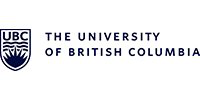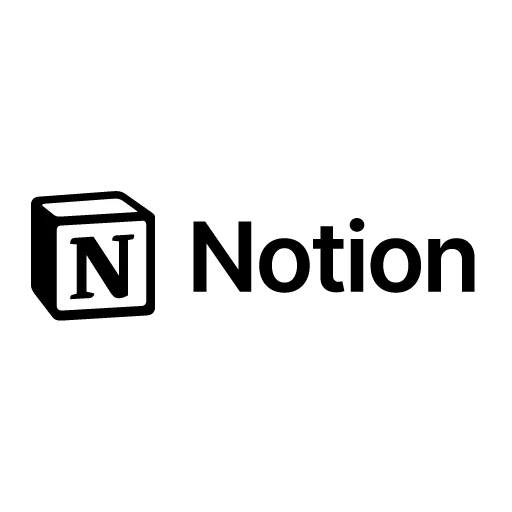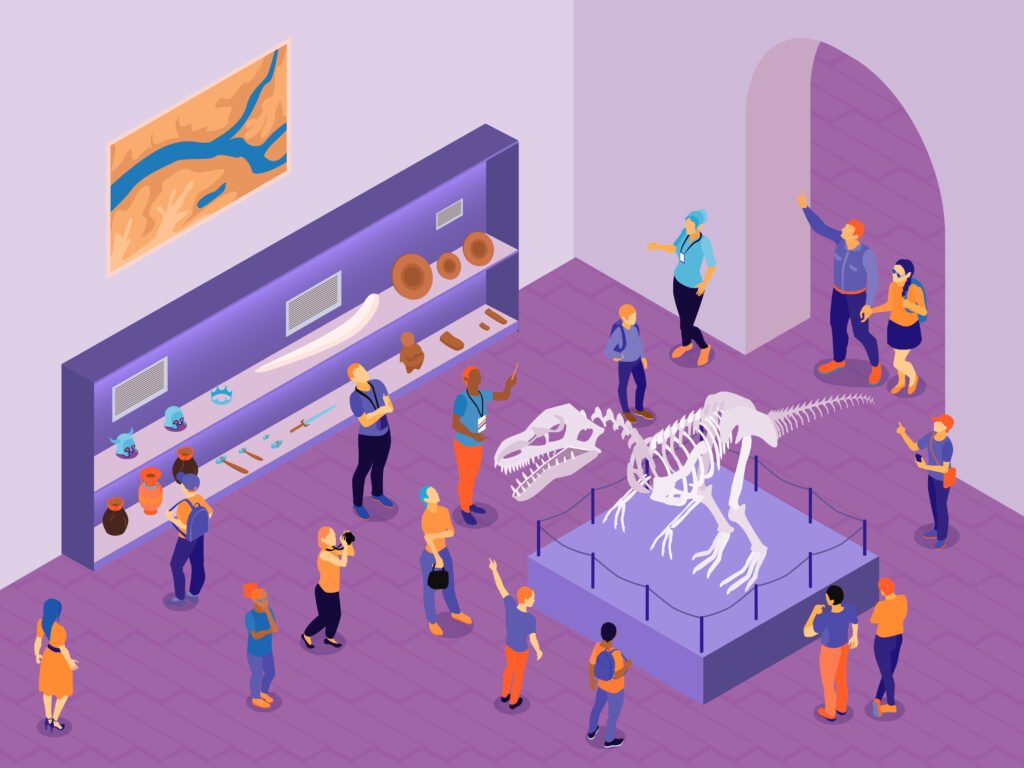The online light reflection simulations on this page will allow you to deepen your understanding of the mechanism of light reflection, its main parameters and the laws that govern it.
What is reflection of light
If a ray of light propagating through a homogeneous medium strikes the surface of a second homogeneous medium, part of the light is reflected and part enters the second medium as a refracted ray. The amount of reflected light depends on the ratio of the refractive indices of the two media.
Specifically, light reflection is the phenomenon by which light incident on a surface is deflected and returned to the medium in which it is found. This process is due to the behavior of light as an electromagnetic wave that propagates in a vacuum and in material media with a constant, rectilinear velocity, but alters its direction of propagation when it encounters a surface.
The amount of reflected light depends on the ratio between the refractive indices of the two media and can be altered by various factors such as the materials of the two media or the roughness of the surface.
Geometrical optics
Geometrical optics is the part of optics that deals, based on geometrical representations, with the changes of direction that light rays undergo in the various phenomena of reflection and refraction.
Geometrical optics is based on the following assumptions:
– Light propagates rectilinearly
– Light rays are reversible. The path followed by a ray is independent of whether it is in one direction or in the opposite direction.
– The laws of reflection and refraction are fulfilled.
With these simple fundamentals we can determine the passage of light through the various optical instruments, such as the magnifying glass, microscope, optical telescope, etc., and the shape, size and position of the images obtained through them.
The fundamental concepts of geometrical optics are:
Incident ray. Light ray arriving at the separating surface of the two media.
Normal line. Normal line perpendicular to the separation surface at the point of incidence.
Angle of incidence. Angle formed between the incident ray and the normal.
Reflected ray. A ray that is bounced off the separating surface of the two media.
Angle of reflection. Angle formed between the reflected ray and the normal.
Refracted ray. A ray that passes through the separating surface and propagates through the second medium.
Angle of refraction. Angle formed between the refracted ray and the normal.
Laws of light reflection
The reflection of light is governed by the laws of reflection. These laws are fundamental to understanding how light behaves when reflected from surfaces.
First Law of Reflection
The incident ray, the normal to the surface of incidence and the reflected ray are in the same plane.
Second Law of Reflection
The angle of reflection is equal to the angle of incidence. This means that the reflected light follows a symmetrical path with respect to the normal.
Here you can study the laws of reflection in detail and see how changing the angle of incidence also changes the angle of reflection and both are always equal.
Smooth surfaces and rough surfaces
The laws of reflection apply to all reflective surfaces, whether they are horizontal, vertical or even curved. As long as we can trace the normal at the point of incidence, the light will follow these predictable rules.
If the surface of the second medium is smooth, the normals to the various points on the surface are all parallel. This allows the formation of images and is the fundamental principle of how mirrors work. See here how a mirror image is formed.
On the other hand, if the surface of the second medium is rough, the normals to the various points on the surface have random directions. In that case, rays that are in the same plane when leaving a point source of light will have a random plane of incidence, and therefore of reflection. This causes them to scatter and they cannot form an image.
Applications of reflection of light. Mirrors and fiber optics.
The reflection of light is a fundamental process in physics and optics that has numerous applications.
The operation of mirrors is based on the principle of light reflection. There are many applications and devices derived from the use of mirrors: telescopes, reflectors, lighthouses, etc., etc. Here is a simple example of image formation by reflection in a mirror.
Fiber optics is a new practical application of light reflection. When light enters one end of a solid glass or plastic tube, it can be seen to be totally reflected on the outer surface of the tube and, after a series of successive total reflections, exit at the other end. See how it works here. It is possible to fabricate glass fibers of very small diameter, coat them with a material of lower refractive index and bundle them into flexible bundles or rigid plates that are used to transmit images. Flexible beams, which can be used for illumination as well as image transmission, are very useful for medical scanning as they can be inserted into narrow cavities and even blood vessels.
Explore the exciting STEM world with our free, online simulations and accompanying companion courses! With them you'll be able to experience and learn hands-on. Take this opportunity to immerse yourself in virtual experiences while advancing your education - awaken your scientific curiosity and discover all that the STEM world has to offer!
Light reflection simulations
- Law
- Fiber
- Multiple
- Lab
Law of reflection
This simulation of the law of reflection allows us to observe how a candle reflects in a mirror and how the image looks in the eye. Drag the candle and check the fulfillment of the law of reflection.
Fiber optic cable
This simulation allows us to change the thickness and shape of a fiber optic cable and observe the reflection of light inside it.
Multiple reflections
This simulation allows us to see how different images are generated by multiple reflections. Change the angle between the mirrors and click on each of the orange dots to observe the process.
Reflection and refraction lab
In this latest of our simulations of online light reflection laws, we explore the bending of light between two media with different refractive indices. See how changing from air to water to glass changes the angle of reflection. Play with prisms of different shapes and create a rainbow.
File
Giants of science
“If I have seen further, it is by standing on the shoulders of giants”
Isaac Newton

Isaac Newton
–

Johannes Kepler
–
Become a giant


Synchrotrons and X-Ray Free Electron Lasers (part 1)


Silicon Photonics Design, Fabrication and Data Analysis



Nanophotonic Modeling



Fiber Optic Communications



AP® Physics 1



Pre-University Physics



AP® Physics 1 – Part 1: Linear Motion



AP® Physics 1: Challenging Concepts































